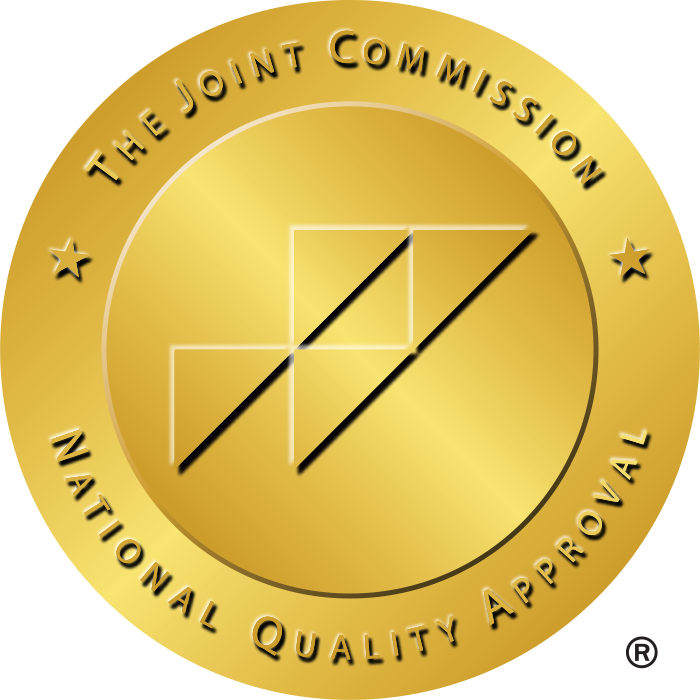I bet you’ll agree that as a healthcare leader, one of the most persistent and frustrating challenges is preventing your healthcare professionals from walking out the door. You’ve likely felt that sinking feeling when a top nurse or physician hands in their resignation letter.
You’re not alone. The healthcare sector has been struggling through turnover rates of around 19.5% annually; this is practically 1 out of 5 healthcare professionals abandoning their roles on an annual basis. This revolving door not only is demoralizing but affects patient care and your bottom line.”
Let’s have an open dialogue around them leaving why your top people choose to leave, and, importantly, what you can do to keep them. This isn’t about making band-aid/quick fixes or throwing around trendy perks—this is about making the work environment viable for healthcare workers to thrive, grow, and have a work-life balance that brings them meaning day in and day out.
Why Do Healthcare Professionals Leave?
We need to better understand what’s going on before trying to solve turnover. The reasons themselves are neither simple nor unrelated, but a handful of major factors seem to pop up consistently in exit interviews and industrywide research.
Burnout: An Epidemic in Healthcare
Clinicians have been overwhelmed, burned out, and under intense stress from high-stakes decision-making long before the pandemic. COVID-19 merely exacerbated those pressures.
A 2021 study by the Mayo Clinic found that 63 percent of healthcare professionals reported at least one symptom of burnout, up from 38 percent in 2011. This is not just about being drained after a long shift — it’s a chronic condition that erodes passion and purpose, and not only in those struggling with the toughest cases.
Leadership Gaps and Lack of Support
Leadership is vitally important to retention, yet most healthcare managers are promoted based on clinical competence, not leadership skills. Inevitably, without proper training, they flop and struggle to:
- Foster a supportive work environment
- Resolve conflicts effectively
- Advocate for their teams
When workers don’t feel they’re being listened to in their work environments, they seek jobs elsewhere.
Compensation: Necessary, But Not the Only Factor
Competitive pay is a key issue in a high-demand labor market, but it’s seldom the real reason people leave. Organization potentially suffers from losing employees to better-paying competitors due to failure to provide fair wages and benefits. But compensation is typically the last straw after other components of job satisfaction — workplace culture, leadership, workload, etc. — have already frayed.
Limited Growth Opportunities
Healthcare workers spend years in education and training and expect to develop their skills and advance in their careers. If they feel they’ve hit a ceiling in an organization, they will seek out growth opportunities elsewhere.
Work-Life Balance
Younger generations of healthcare workers, in particular, are not going to willingly sacrifice their personal well-being for their jobs. That old expectation — that providers must always prioritize the needs of others before their own — is unsustainable now. Employers who do not encourage work-life balance will lose some of their best staff to those who do.
Building a Retention Strategy That Works
Now for the good news: there are concrete, proven strategies that can significantly reduce turnover. Let’s explore the approaches that deliver the best results.
Rethinking Workloads and Scheduling
The most direct way to counter burnout is by tackling unmanageable workloads. That could involve hiring more staff, instituting better patient-to-provider ratios, or reconsidering how work is divided.
Sure these solutions come at a cost, but replacing a physician can cost between $500,000 and $1 million when you include recruitment, onboarding, lost productivity, and the effect on patient care. All of a sudden, sustainable workloads don’t feel so costly.
Flex scheduling has long been one of the most potent retention tools. That doesn’t always translate into part-time jobs (although that can help); it means giving staff more control over how and when they work. Self-scheduling systems, compressed workweeks, or job-sharing arrangements can make all the difference for staff balancing professional demands with personal responsibilities.
A Midwestern regional hospital system introduced a self-scheduling tool that enabled nurses to swap shifts with peers directly, without management sign-off. The result? A 34% reduction in turnover in the first year. Staff members said they felt more in control of their work lives and better able to respond to family needs without compromising their professional commitments.
Creating Meaningful Career Pathways
Healthcare professionals pursue growth. If they don’t see a clear trajectory in your organization, they’ll look to find one elsewhere. This does not always mean moving up the traditional hierarchy — lateral growth and growth in skills count just as much.
Begin with regular career conversations with your staff. What are their career aspirations? What skills would they like to learn and build? Which aspects of their current role excite them, and which exhaust them? Apply this feedback to collaboratively develop tailored growth plans.
Then, provide clear, attainable pathways to growth. This may include clinical fellowships, cross-trainee programs, and opportunities to engage in research, teaching, or leadership positions. View them, and their transparent requirements and application processes, as more visible and accessible opportunities for growth and development.
A major urban medical center created a “clinical ladder” program for nurses that acknowledged and rewarded expertise and contributions beyond years in service alone. Nurses could progress by developing skills, engaging in quality improvement projects, precepting new staff, or conducting research. The program led to a 28 percent decrease in nursing turnover over three years and higher overall job satisfaction scores.
Rebuilding Community and Connection
Healthcare has always been a team sport, but the sense of community that used to define many healthcare settings has weakened due to the pressure of efficiency metrics, electronic documentation requirements, and staffing shortages. Re-establishing these ties is key to keeping your employees.
Provide consistent opportunities for authentic connection beyond work at home. This could take the form of protected time for team huddles, regular staff meals, or interdisciplinary case discussions. Institute mentoring programs that match seasoned providers with newer employees in mutually beneficial arrangements. Explore team-based care models that promote collaboration and shared responsibility.
Understand that connection is more than just professional relationships. Encourage staff to sustain their connections to the reason they entered the healthcare profession in the first place. Build time into your schedule to celebrate wins, tell patient stories (while maintaining confidentiality), and refresh your connection with the meaning behind your work.
Addressing Compensation Strategically
Even though money isn’t everything, it is an important part of retention. This way, you will be in the know about market rates for various positions and will be able to keep your compensation packages competitive.
Explore creative solutions such as retention bonuses, loan repayment programs, or performance-based bonuses based on quality of care metrics rather than productivity alone. But don’t fall into the trap of focusing exclusively on financial compensation.
Research is clear that when done the right way, non-monetary benefits — especially those that lead to better work-life balance — can reduce turnover just as much. These could be expanded paid time off, sabbatical programs, childcare support, wellness benefits, or professional development stipends.
Prioritizing Well-being
Well-being, the way healthcare organizations have historically approached the issue, has been viewed as an individual rather than an organizational intervention. This needs to change. Structural changes, not just wellness programs, are key to building a culture of well-being.
This means tackling systemic problems that drive burnout, such as unnecessary workflows, burdensome documentation requirements, or insufficiently trained support staff.
That means adding resources such as mental health services, stress management training, and peer support programs. It means normalizing conversations about well-being and cultivating psychological safety for staff to share concerns or seek help.
One community-based health system had established a robust well-being initiative with dedicated mental health services for staff, regular reviews of workloads, and a “wellness committee,” with representatives from all departments.
They also implemented a “no emails after hours” policy for nonurgent matters and carved out dedicated time for charting during shifts. Two years after the implementation, burnout measures decreased by 36% and turnover decreased from 21% to 13%.
Measuring Success and Adjusting Course
Regular measurement and adaptation are key components of any effective retention strategy. Monitor not just turnover rates, but leading indicators such as engagement scores, measures of burnout, and intent to stay.
Conduct stay interviews (not just exit interviews) on a regular basis to find out what’s working and where improvements are needed. Pulse surveys help you obtain prompt feedback about whatever initiatives you plan.
Be able to change your plan based on what you discover. A strategy that succeeds magnificently in one department may fail in another. Some approaches work better with different generations or professional groups. Retention is not a one-size-fits-all problem.
The Long-Term Approach to Retaining Top Healthcare Talent
There are no instant solutions here; improving retention in health care is an ongoing strategic commitment, to building an environment of success in which skilled individuals may thrive in their best work over the long haul. It takes investment, cultural change, and sustained focus on leadership.
But think of the trade-off: continuing to put resources toward recruiting and onboarding while losing institutional knowledge, team cohesion, and ultimately quality of care. When viewed in this light, retention isn’t just a human resources issue—it’s a clinical quality and financial imperative.
The healthcare organizations that succeed in the next few years will be the ones that view talent retention and regeneration as a strategic priority, right on par with financial performance or patient satisfaction. It is essential to address the root causes of turnover—burnout, leadership voids, insufficient growth opportunities, disconnection, compensation, and well-being—to create an environment where the healthcare workforce wants to stay and thrive.
Your patients will thank you. Your budget will thank you. And most importantly, your employees will thank you — by continuing to bring their talents to work day after day, year after year
Want to learn more about innovative workforce solutions? Visit StaffDNA today to explore how you can attract, support, and retain top healthcare talent more effectively!







